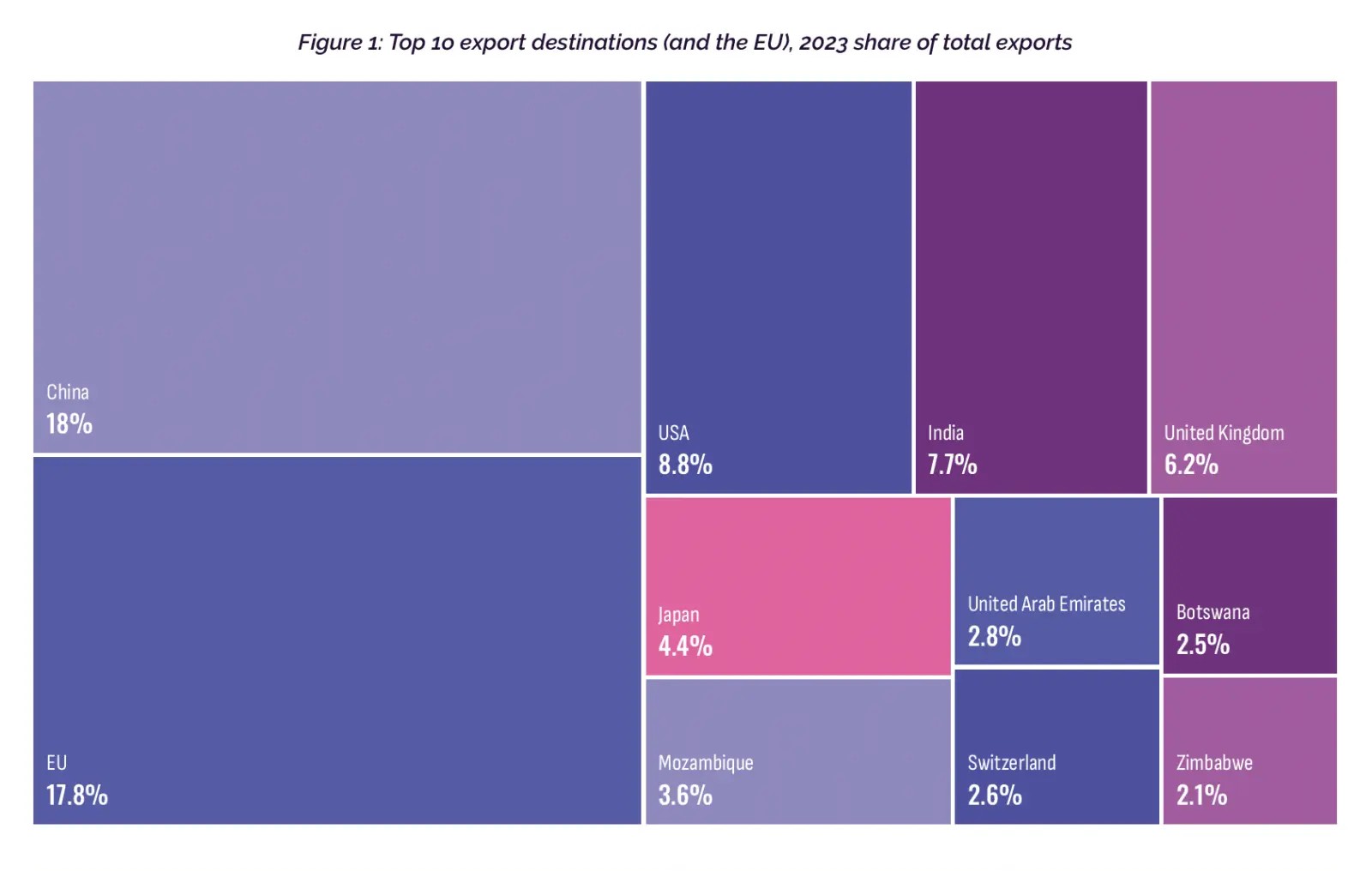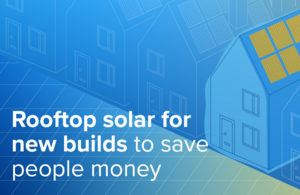As countries ratchet up decarbonisation to meet their Paris Agreement commitments, the clean energy transition is redrawing the global trade map according to the ECIU.
As climate policies like Carbon Border Adjustment Mechanisms (CBAMs) gain traction, there is a growing risk that Global South countries will be unfairly penalised given their low historical and per capita emissions. The BASIC group (Brazil, South Africa, India, and China) has criticised CBAMs as an ‘unfair shifting of responsibilities from developed to developing countries’, warning they could ‘aggravate the trust deficit amongst Parties.’
For developed countries, closing this trust gap and aligning trade with international equity requires honouring the Paris Agreement and ensuring unilateral measures like CBAMs are paired with financial, technical, and capacity support for rapidly developing economies.
Some Global South countries are on the pathway, but need more time and resources to transition, yet actions such as CBAMs could derail such transitions as multinational companies accelerate supply chain decarbonisation, raising the economic stakes for countries that lag in cleaning up their grids and produce goods with high embodied emissions. Also, for exporters from countries without credible carbon pricing CBAMs pose an expanding risk of reduced competitiveness, shrinking market access and potential job losses.
For example, South Africa stands as both a warning and an opportunity. With the second-highest carbon intensity of electricity generation among major economies (behind India) and high embodied emissions in goods, its exports will become more vulnerable. This has implications for jobs, inequality and tackling poverty in one of the world’s most unequal societies.
Yet South Africa also holds key advantages: world-class renewable energy resources, critical minerals essential to the global transition, and access to major trade and diplomatic frameworks, including the G20 and BRICS.
The country is a leading producer of platinum group metals, manganese, vanadium, and chromium, minerals critical to clean energy technologies, such as batteries, wind turbines and hydrogen fuel cells. The International Energy Agency (IEA) projects that the country will surpass its target of nearly 30GW of total renewable capacity by 2030, as outlined in its Integrated Resource Plan (IRP). South Africa's Climate Change Act 2024 and Just Transition Framework provide a foundation for long-term, low-carbon, inclusive transformation. At the same time, the Electricity Regulation Amendment Act and revised Integrated Resource Plan mark a long-overdue positive shift in energy policy.
To create a fair transition then, those backing South Africa’s Just Energy Transition Partnership (JETP), the UK, EU, Denmark, France, Germany, and the Netherlands, need to deliver on their $8bn commitment to support and accelerate the country’s clean energy transition say the ECIU.
South Africa exports 78 per to countries with net-zero targets, and is the nineteenth highest contributor to GHG, according to Emissions Database for Global Atmospheric Research figures (2023) For comparison, the UK is the twenty-fifth highest and 27 per cent lower than South Africa. China, the US and India dominate.
© 2019 Perspective Publishing Privacy & Cookies






Recent Stories